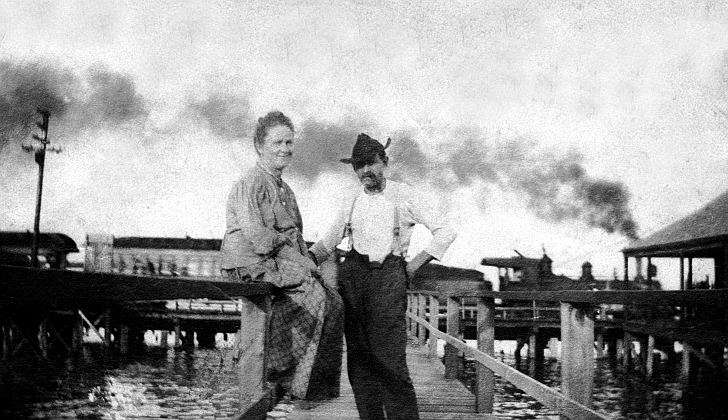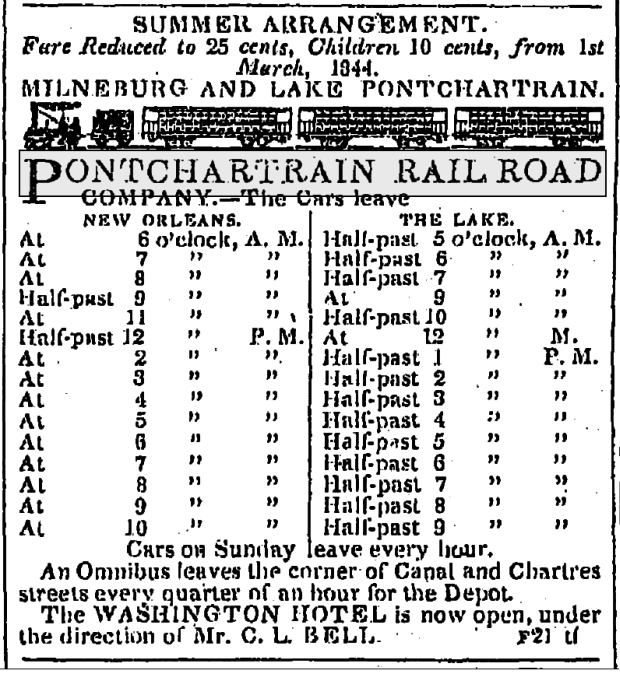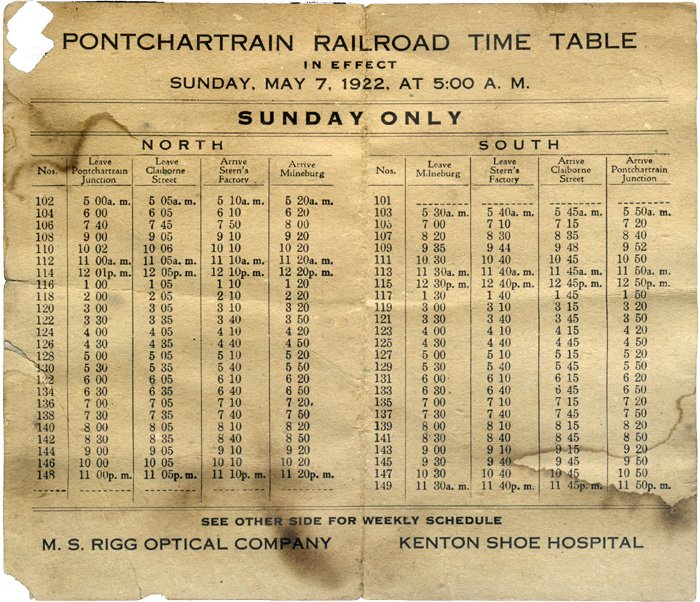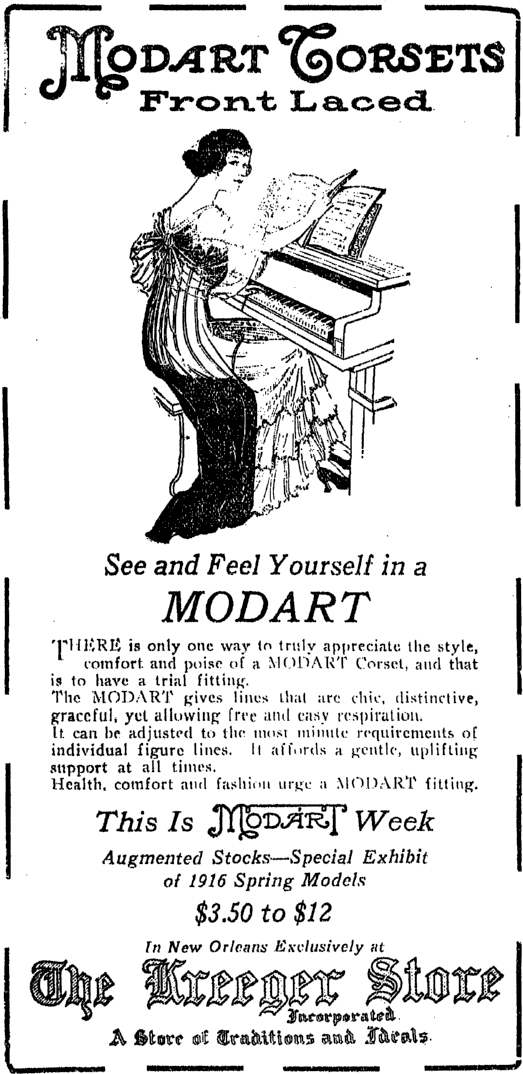|
Today in New Orleans History |
|
|
March 15


 

To receive an update for each day in New Orleans
history, join our facebook page
- Today in New Orleans History
Born on September 26, 1918, Fred James Cassibry received a B.A. from Tulane University in 1941 and
an LL.B. from Tulane Law School in 1943. After serving in the Navy during World War II he became a field examiner for the
National Labor Relations Board from 1946 to 1948. He entered private practice in New Orleans from 1948 to 1961, and was a
New Orleans City Councilman from 1954 to 1961. He was a judge on the Civil District Court for Orleans Parish from 1961 to
1966. On October 11, 1966, Cassibry was nominated by President Lyndon B. Johnson to a new seat on the United States
District Court for the Eastern District of Louisiana created by 80 Stat. 75. He was confirmed by the United States Senate
on October 20, 1966, and received his commission on November 3, 1966. He assumed senior status on March 15, 1984,
serving in that capacity until his retirement on April 3, 1987. He died on July 6, 1996.
On March 15, 1729 a ceremony was held for Sister Stanislas Hachard at the Ursuline
Convent, where she became the first woman to become a Catholic nun in the United States. |
|
|

To receive an update for each day in New Orleans history,
join our facebook page - Today in New
Orleans History.
Analytics |




 March 15, 1916 Kreeger's adverstisemnt (on the right) from the Times-Picayune.
March 15, 1916 Kreeger's adverstisemnt (on the right) from the Times-Picayune. 
